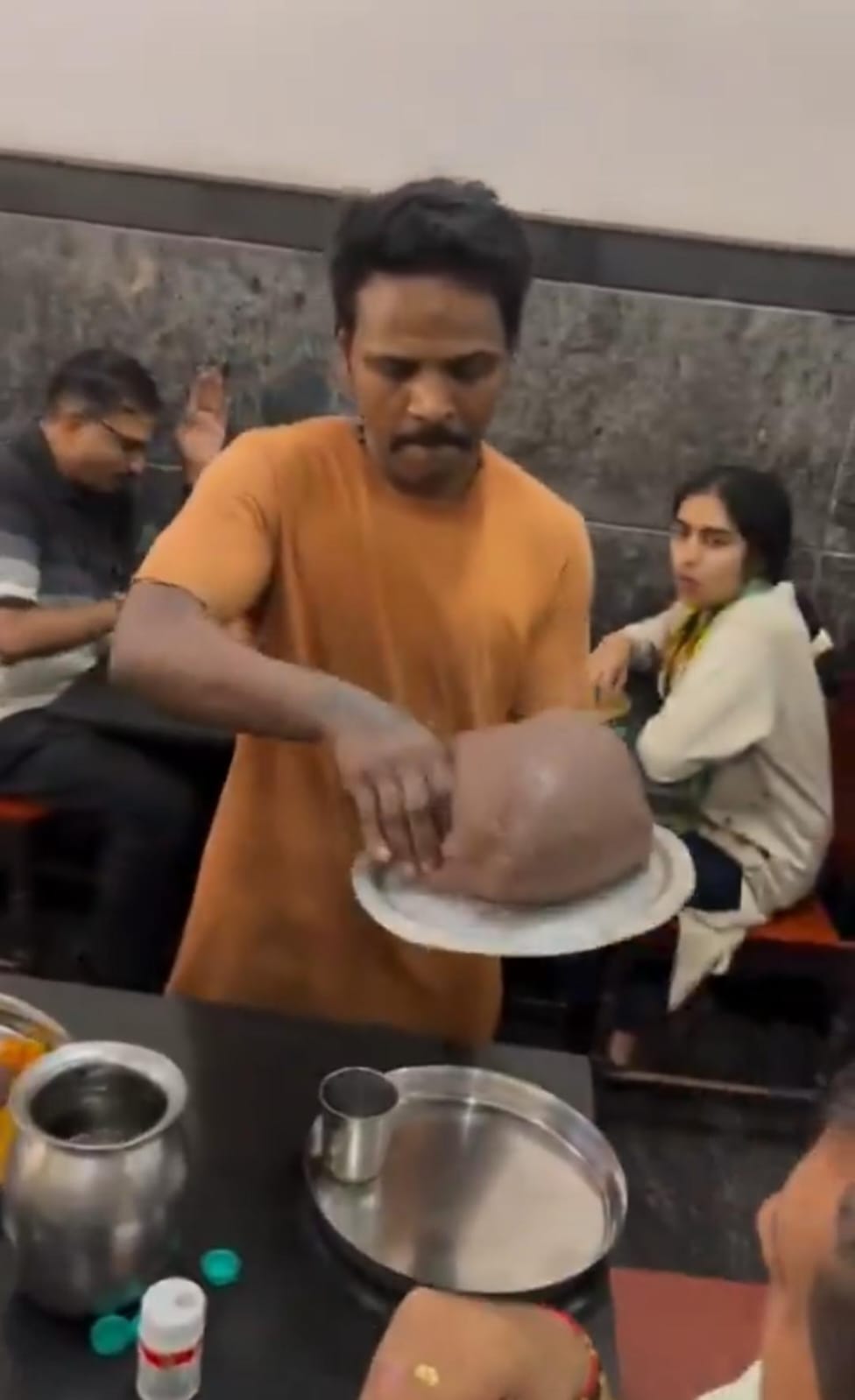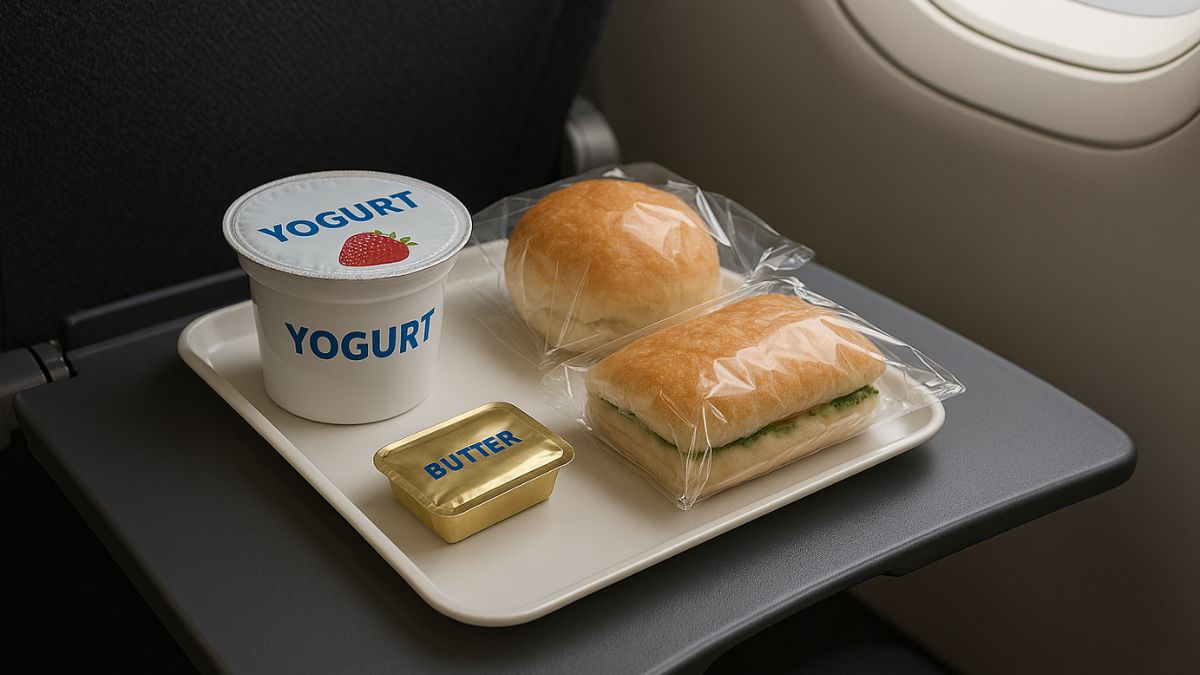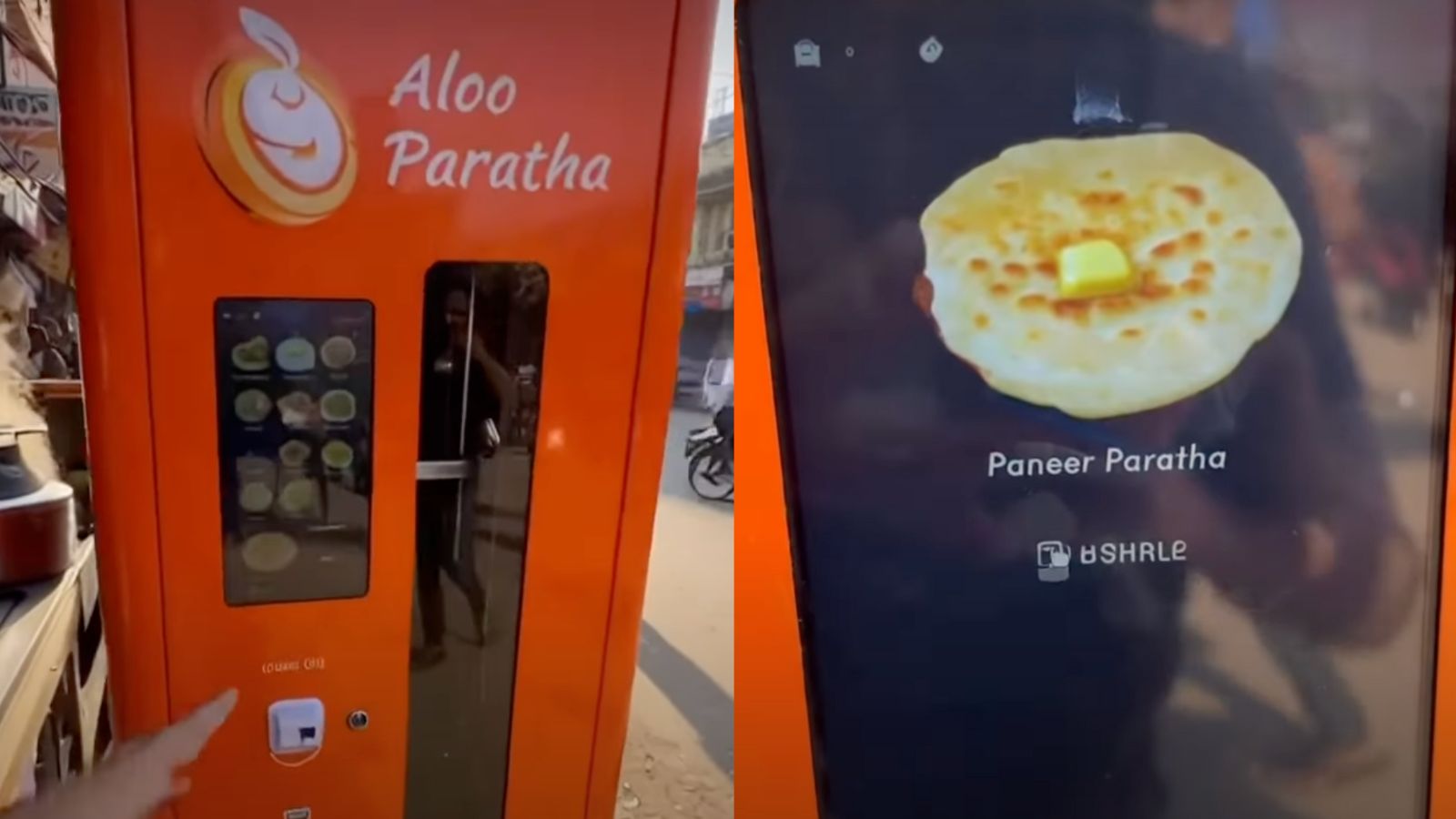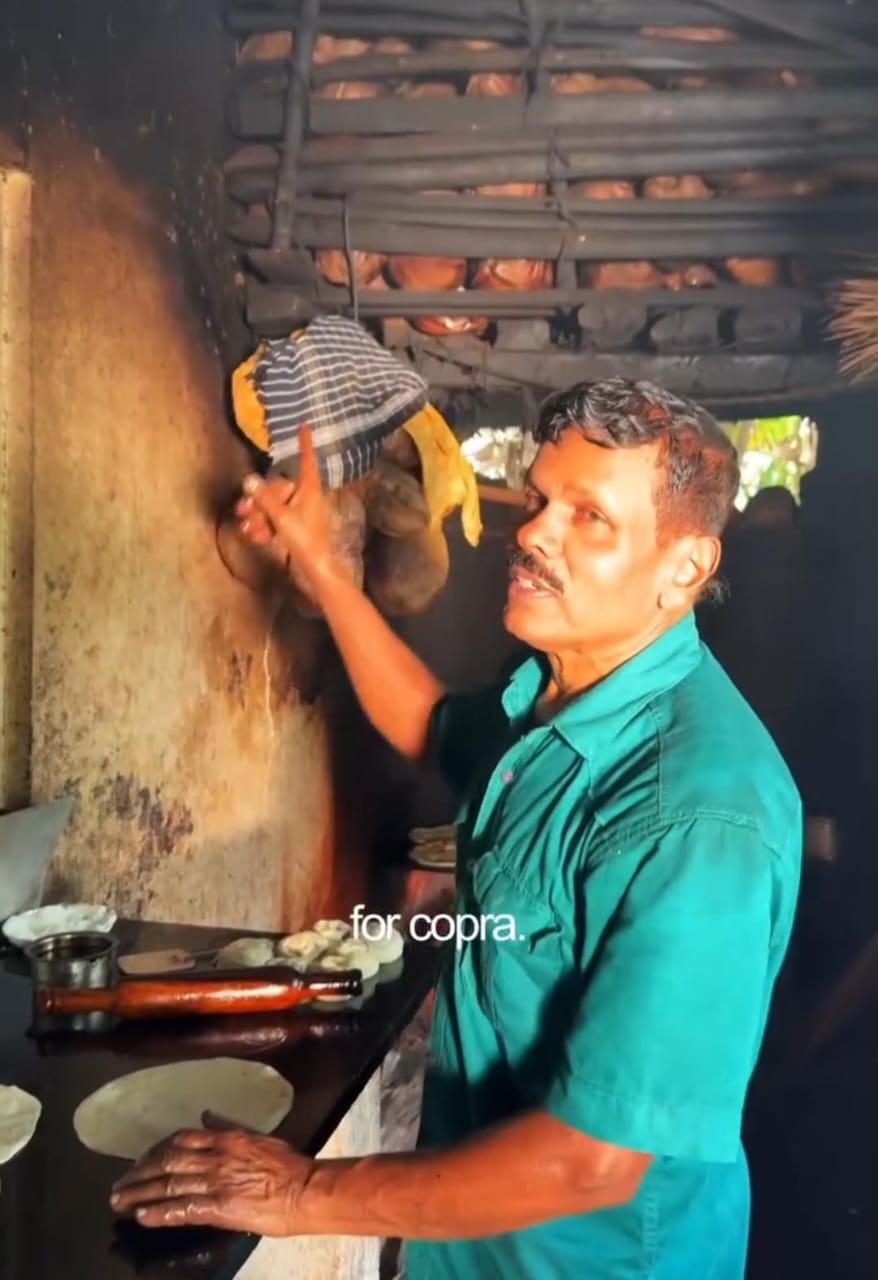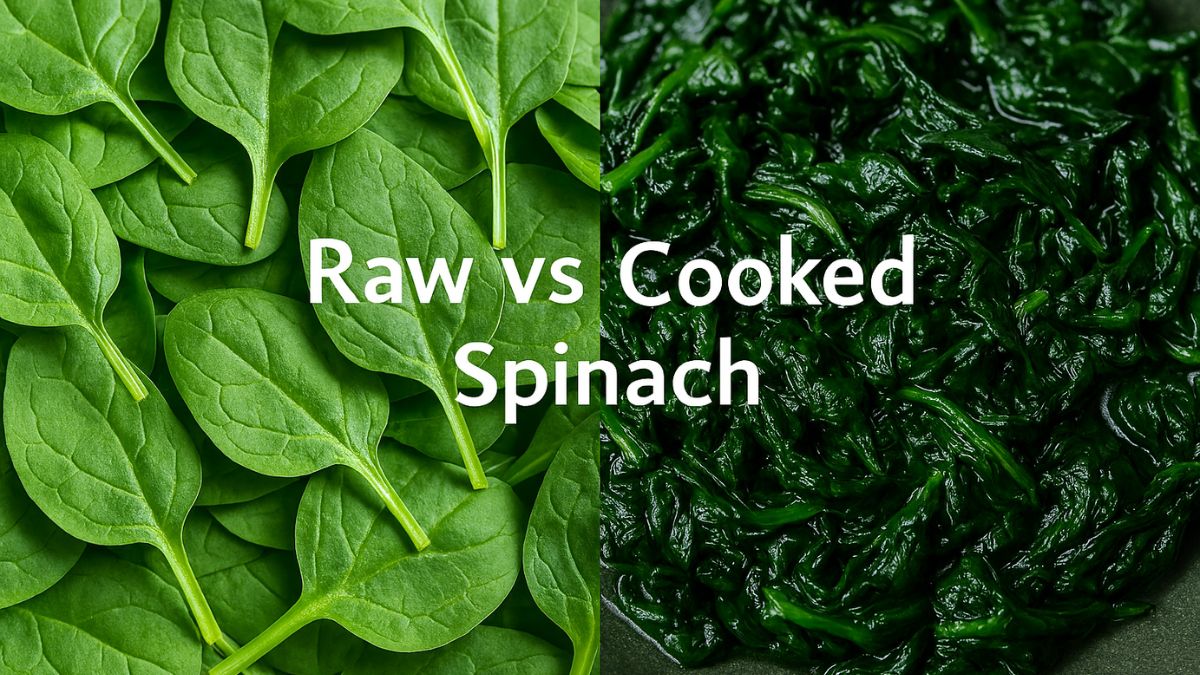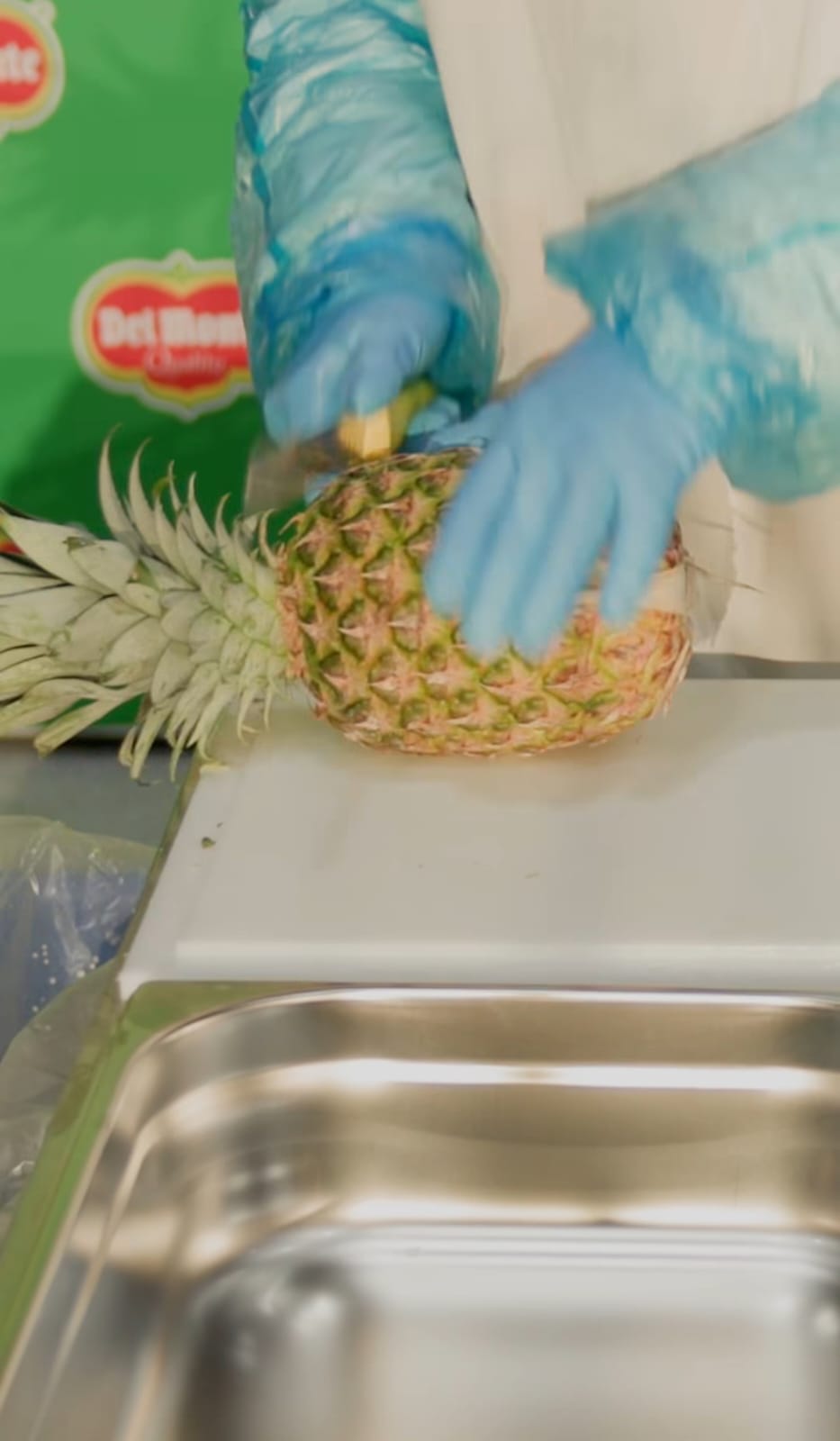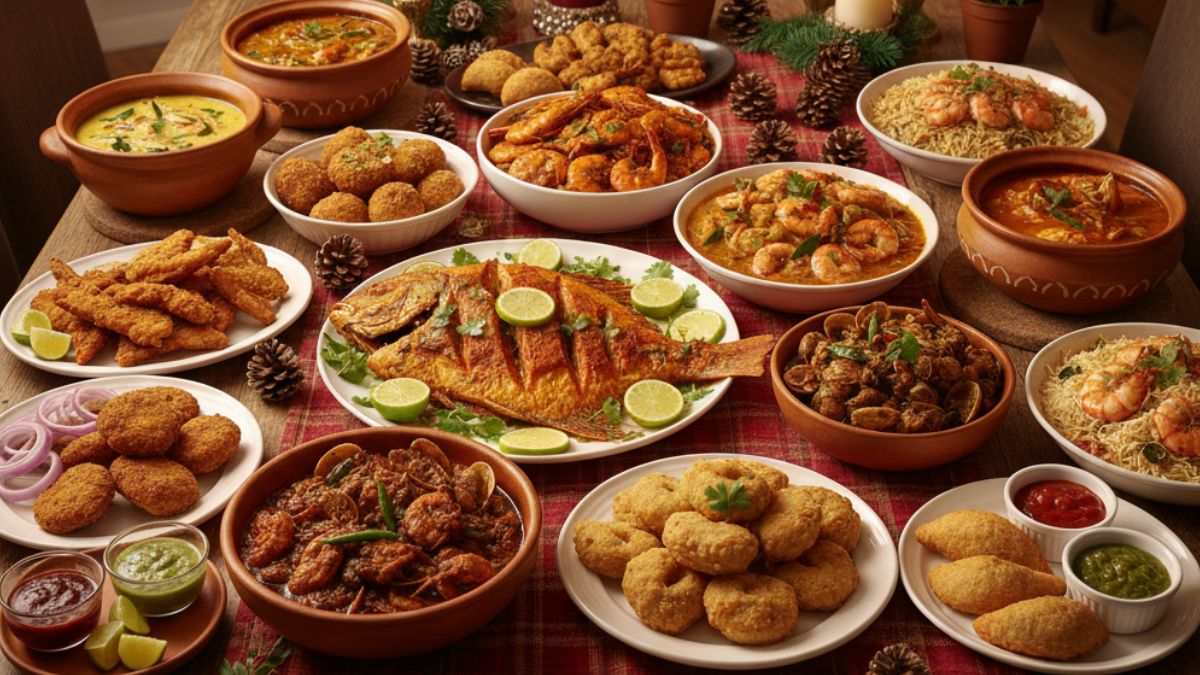Diwali is knocking at the doors and preparations are at full swing to celebrate the occasion with utmost fun and fervour. This year, Diwali falls on November 14, 2020 (Saturday). While meeting up people, enjoying Diwali parties, hosting feasts are not on cards this year due to the ongoing Coronavirus pandemic, you can always mark the day with your family and loved ones by treating them with a lavish meal. Sweets play an important role in every festive spread. From barfi to rasmalai and laddoo, we prepare various kinds of sweets at home using nuts, khoya, chhena et al. But have you ever tested the khoya for adulteration, before using it to whip up your festive sweets? If not, then you must start doing it right away!
Food Safety And Standards Authority of India (FSSAI) raised concerns in the recent past in regard to the poor quality of khoya being sold in the country. For the unversed, khoya is often contaminated by adding fine flour, starch, sooji, blotting paper and many harmful ingredients to it (including detergent, chemicals etc.). According to a PTI report, FSSAI found adulteration in some khoya samples in Delhi. Following this, they decided to launch a nationwide quality survey of khoya to keep people safe during the festive season.
"Considering that there was some failure in the samples collected at Delhi during the pilot survey, it was decided to conduct a Pan-India Khoya quality survey," officials at FSSAI stated.
Since then, a huge quantity of khoya has been seized by the governments and the authorities across the country. PTI further reported that Delhi government on Tuesday seized and destroyed 3,200 kg of adulterated khoya to keep a check on the quality of the sweets.
"The Delhi government is very serious about the health of the people of Delhi. We are keeping a vigil on the sale of Khoya/Mawa as these are used to prepare sweets, which are in high demand during Diwali," Health Minister Satyendar Jain said.
How To Determine Contaminated Khoya:
Hence, keeping the consumers health and safety in mind, FSSAI came up with a suggestion to test the purity of the khoya we buy. All you need to do is, add some store-bought khoya and iodine in hot water; if the mawa turns blue, then understand it has starch in it.
International food safety speaker and National Resource Person for FSSAI, Ashwin Bhadri further spoke about the taste and texture test of khoya to find if it is contaminated. "The texture test involves ensuring that the mawa feels oily and grainy when rubbed against your palms. The taste test checks that raw mawa leaves a sweet and greasy taste in your mouth."
How To Make Khoya At Home
If you do not want to get confused with the purity of store-bought khoya, you may also prepare it at home. All you need to do is boil and thicken full-cream milk till it turns solid.
Click here for the step-by-step recipe of khoya.
Always check the khoya before you buy to prevent any kind of health issues.
Happy Diwali 2020, everyone!
About Somdatta SahaExplorer- this is what Somdatta likes to call herself. Be it in terms of food, people or places, all she craves for is to know the unknown. A simple aglio olio pasta or daal-chawal and a good movie can make her day.

